What Does “Finsta” Mean? A Parent’s Guide to Finstagram
MAR 01, 2022
What Does “Finsta” Mean? A Parent’s Guide to Finstagram
Today, “Finsta” accounts are a popular way that teenagers are establishing more independence from their parents, often without their parents even knowing about it.
According to a study conducted by the National Cybersecurity Alliance, “60 percent of teen internet users have created online accounts that their parents are unaware of—more than double the 28 percent of online parents who suspect their teens have secret accounts.”
What does “Finsta” mean?
The term “Finsta” is slang for “fake Instagram.” These accounts are also referred to as “spam accounts.”
According to Google Trends, the term Finsta started surfacing in 2015, but resurged in October of 2021 after US Senator Richard Blumenthal went viral for asking Antigone Davis, the global head of safety at Facebook, to “commit to ending Finsta.”
What is a Finsta account?
Finsta accounts (fake instas) are reserved for someone’s close friends. They are usually created under pseudonyms so that they are hard to find without having an exact username. Finstas are usually set to “private” so that none of the content shared will be visible to anyone outside of who the account owner approves as followers.
In some cases, teens will create multiple Finsta accounts for different friend groups.
What is the point of a Finsta?
There are many reasons why young people create secret Instagram accounts. The main reason is so they can post pictures and videos without having to worry about how it will affect their public image.
This isn’t always a bad thing. In some cases, teenagers will use their Finsta to express a more authentic version of themselves to the people who are closest to them. For example, they might post an embarrassing video after getting their wisdom teeth out, an ugly selfie, or a funny meme that they know will make their friends laugh. These might be things they don’t want to share with the people that follow their main account, or with the general public.
There are also many cases where kids will use their Finsta to hide photos and videos that they don’t want their parents to see. For example, photos and videos with nudity or revealing clothing, drug or alcohol use, explicit language, bullying, etc. This is why it is so important that parents have technology that is safe for kids in their home.
“Rinsta” meaning
Rinsta is short for “real Instagram” and has become the place where teenagers post the photos, videos, and captions that present their best self. These are also known as “main accounts.” A video of them making a game-winning buzzer-beater in their basketball game, a picture from their first high school dance, or a caption recounting memories with their best friend are all highlights kids might want to feature on their rinsta.
As Finsta accounts have become more popular, a term was coined to distinguish between fake Instagram accounts and real ones; hence, “rinsta accounts” were born.
These are the accounts that parents typically know about and follow, and what adults typically refer to as just “Instagram.”
How to make a Finsta Account
Making a Finsta account is as simple as a few clicks and can all be done on a mobile phone.
John Doe can simply click his real username, “Try New Account,” and “Create New Account.”
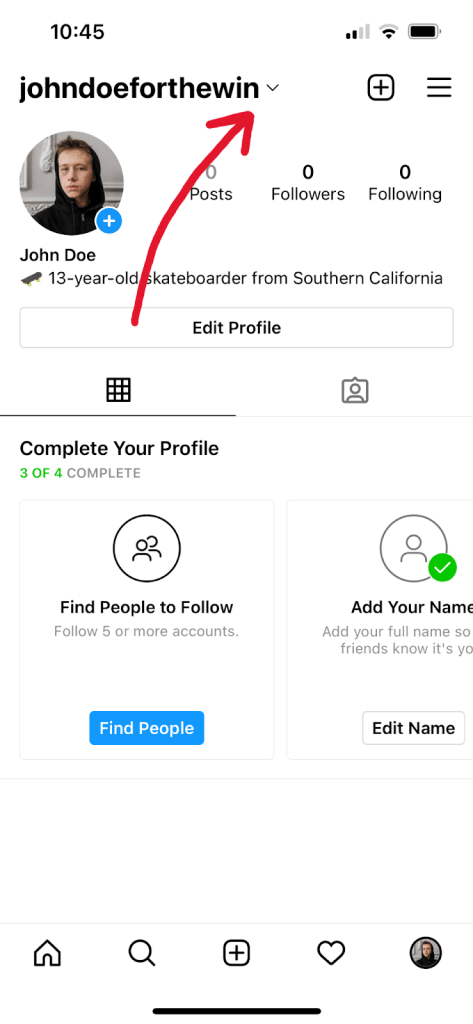
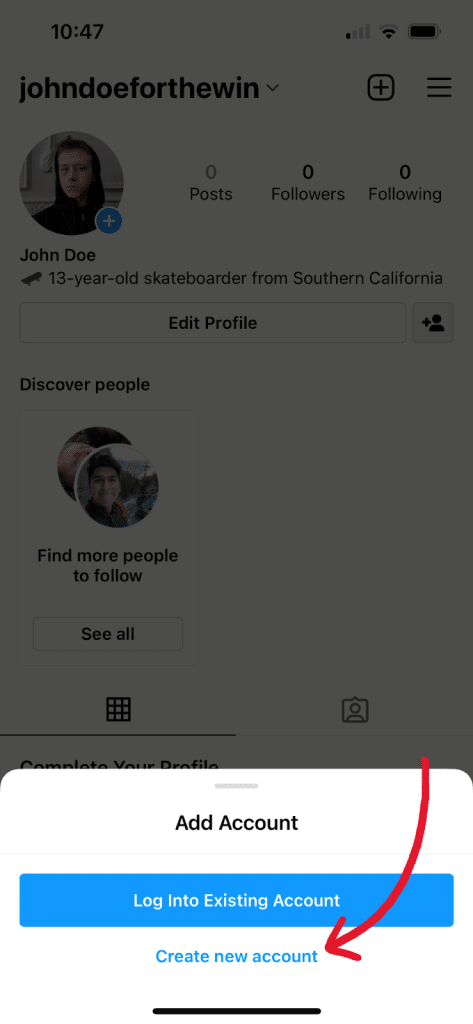
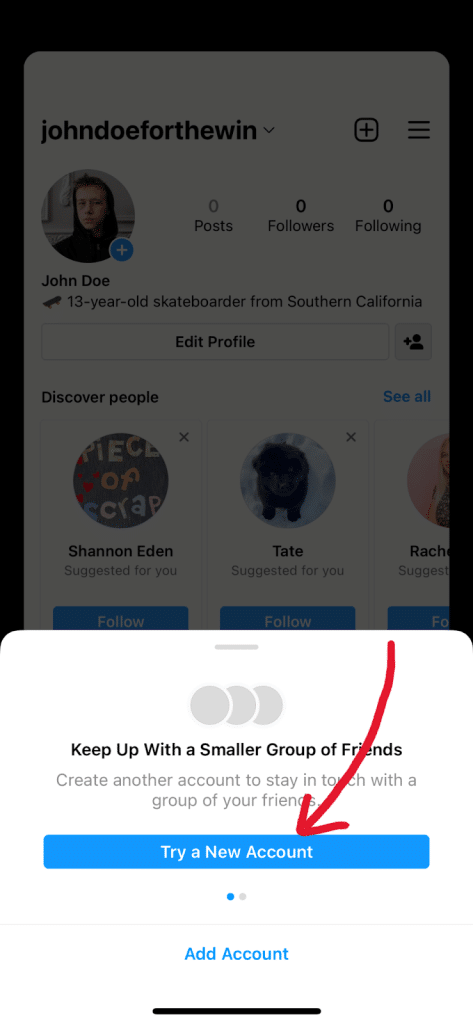
Finsta usernames, profile pictures, and bios
Teenagers usually want their Finstas to be difficult to find so they have more control over the people who requests to follow them. This is why they will intentionally use profile pictures, usernames, and bios that have no resemblance to their real identity. The following is an example of a Finsta:
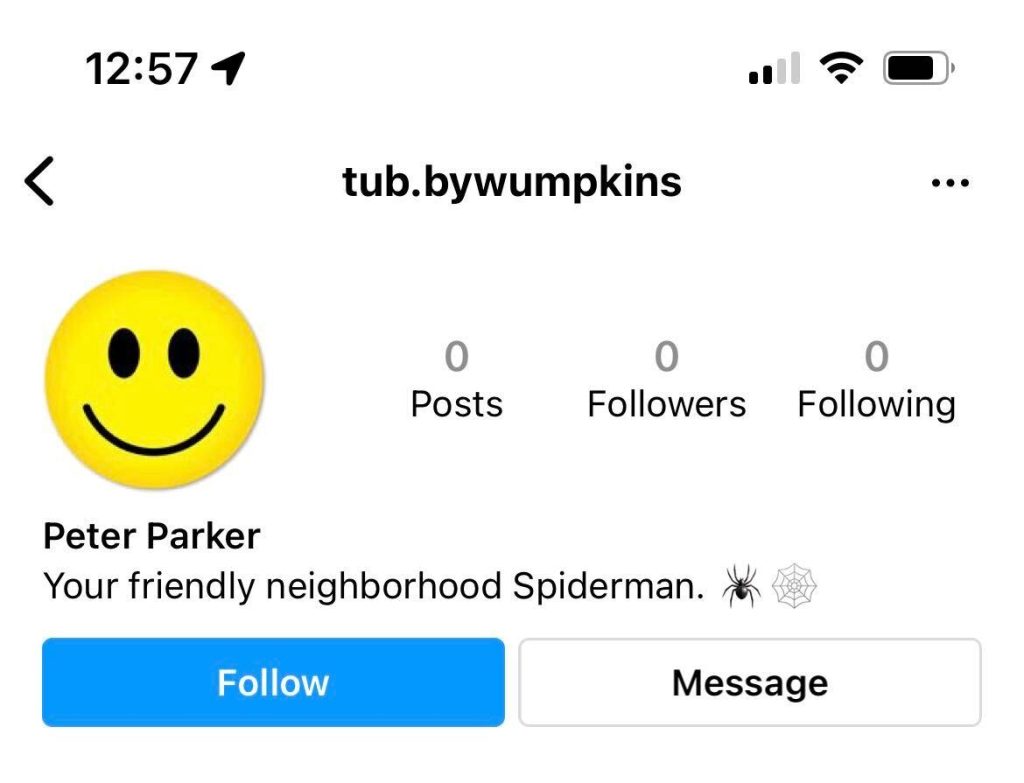
What teenagers do with a Finsta
Once a teenager has created their Finsta account, they typically begin sharing their username with their closest friends.
Then, there are typically two main things that they do with their account:
- Be more real by posting:
- Normal, everyday experiences
- Unedited Selfies
- Raw emotion
- Inside jokes or funny memes
- Hide posts they don’t want their parents to see:
- Nudity or revealing attire
- Drug or alcohol use
- Explicit language
- Gossip or bullying
In some cases, kids might use their Finsta to follow accounts that they don’t want clogging up their feed on their main account like: celebrities, clothing brands, meme accounts, or influencers.
How can I find out if my child has a secret Instagram account?
As a parent, it can be alarming to find out that your kid could be using a fake Instagram account without you knowing. But it’s important to remain calm and not allow your emotions to take over when responding. After all, you might not have the full picture yet, or know your child’s motivation for having a Finsta.
There are two ways that you can find out whether or not your child has a Finsta account:
- Talk to them about it
- Check their smartphone
How to talk to your child about their Finsta
No one knows how to talk with your child better than you do. You have years’ worth of experiences showing how they respond to different situations and circumstances.
With that being said, it is always best to approach your child from a place of trust and love. Here are a few recommendations for ways that you can communicate with your child in a way that helps them to feel trust:
Level the playing field
Whether you are an adult or kid, social media can be problematic. Being vulnerable with your own struggles can help your child trust you. Approach conversations with your children ready to share what you’ve learned, but also be eager to learn from your kid’s experiences with technology.
Keep the conversation casual
If your child senses that you are behaving out of the ordinary (ex. asking them to come talk with you in your room) they may get anxious and have a harder time being open and honest. Try to approach them in ways that help the conversation feel natural (ex. driving in the car, during a walk or a hike, etc.).
Find out what your child knows
Help your child to feel less threatened by asking questions instead of accusing them. Show interest in them.
For example, you could open your conversation by saying, “I was reading an article today about fake Instagram accounts called ‘Finstas.’ Have you heard about Finstas before?” instead of opening the conversation with, “Do you have a Finsta account?” which might catch them off guard and lead to defensiveness.
Ask open-ended questions
Instead of yes or no questions, try to ask open-ended questions that encourage your child to talk openly about their experiences with Finsta accounts. For example, you could ask, “What experiences have you had with Finsta accounts?” or “In your experience, what have you seen people use their Finsta accounts for?”
Create a judgment-free zone
Help your child understand that even if they have a Finsta account, you are there to listen and help. You could say, “I know this may be difficult to talk about. I love you and want to help you to be successful.” Your child will be more open if they know you care. It’ll be harder for them to open up if they think you are judging them or are going to blow up at them.
Make social media a regular topic of conversation
Finsta accounts are a small part of a much larger conversation surrounding social media. Help your child understand that learning how to navigate social media can be complex and you should work together to figure it out. At Gabb, we have several products and blog articles to help you and your children defeat the darker side of social media.
How to find secret Instagram accounts on your child’s smartphone
If you have access to your child’s smartphone, the easiest way to find out whether or not they have a Finsta account is by opening the Instagram app, clicking on the drop down next to your child’s Instagram account, and seeing if any secondary accounts show up in the pop-up window:

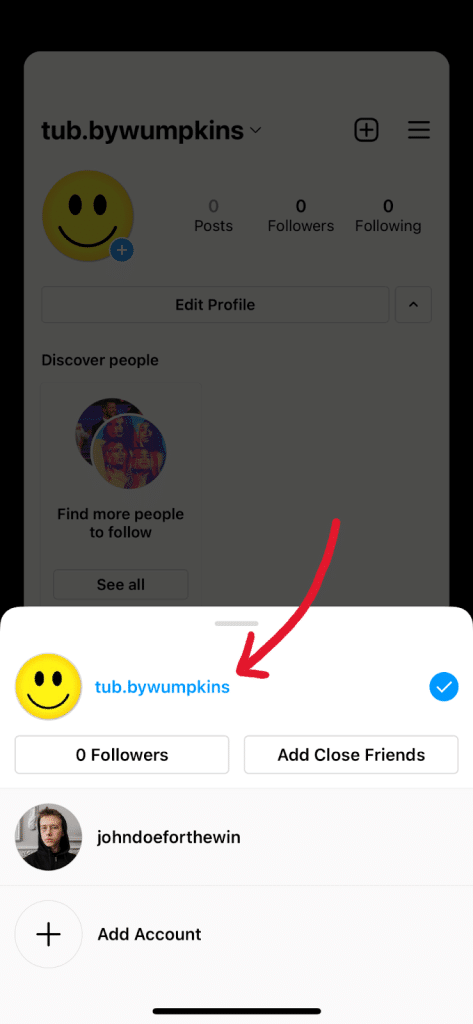
If you don’t have access to your child’s smartphone, finding your child’s fake Instagram account could be extremely difficult and time-consuming. Because teenagers often use usernames, profile pictures, and bios that don’t resemble their real identity, finding their account could be hard to do.
However, if you follow your child’s main Instagram account, you could click on their followers to see if their Finsta account happens to be following their main account, or you could click on who they are following and see if their main account is following their Finsta:
You could also look at the followers of your child’s close friends to see if your child’s Finsta is following them or see if any of their close friends have tagged your child’s Finsta in any of their stories, posts, or comments.


Solutions
As parents, it is difficult to keep up with our kids amid the fast-changing landscape of technology. Finsta accounts are one of the many dangers that kids and teenagers are facing today.
And even though Finsta accounts are a popular amongst teenagers now, new trends will emerge as technology continues to evolve into the future.
At Gabb, we believe that too much technology, too soon, can be dangerous, which is why we’ve developed a wide range of products that allow parents to gradually introduce technology to their kids based on their different stages of growth and development. Our Tech in Steps approach is about allowing kids to learn how to use and respect technology in a safe environment that’s suited to their tech maturity.
The Gabb Watch and the Gabb Phone Z2 keep kids safe from the harmful effects of social media, the internet, app stores, and addictive video games, so your kids can be kids and you can have peace of mind.

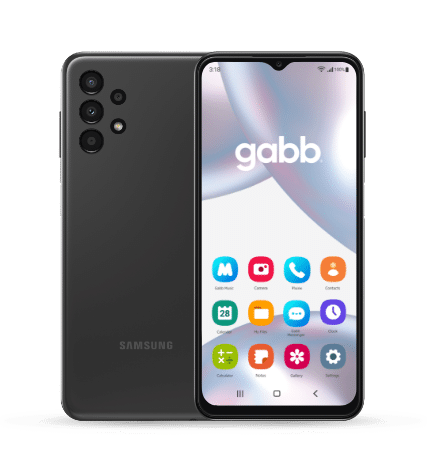
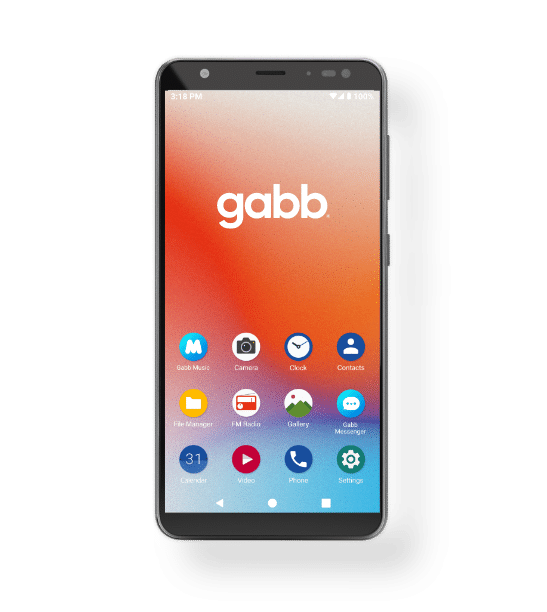
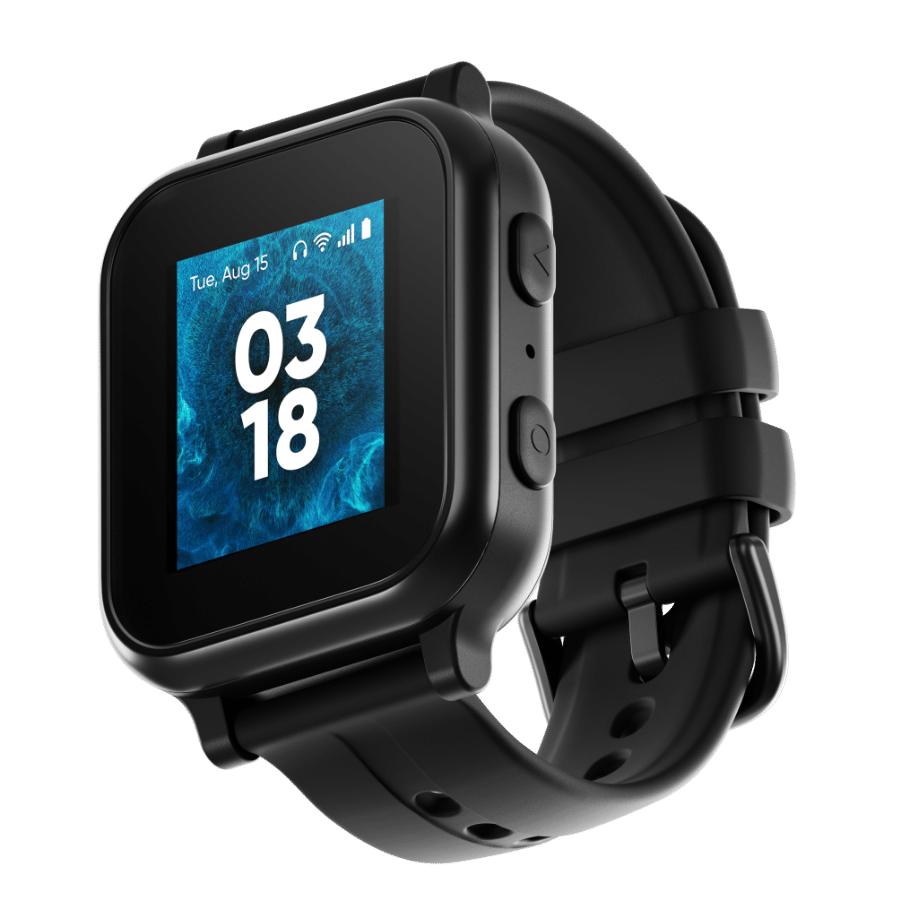
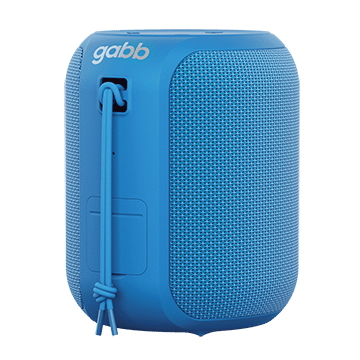






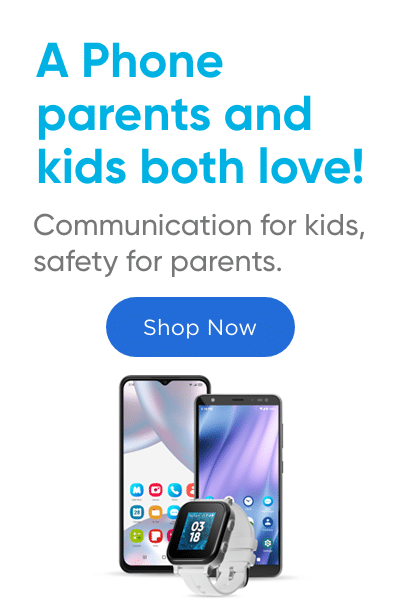
Robin on Mar 07, 2022 09:57 AM
I love how encouraging your posts are. They help parents feel emboldened to have game plans with their children. I feel so in tune with Gabb’s perspectives on technology, I almost feel like I could’ve written some of your blog posts. 😂
Gabb on Mar 21, 2022 11:33 AM
Robin, we love hearing that our posts resonate with our readers. One of our main goals is to help parents feel empowered to have an open dialogue with their kids in regards to some of these tough issues. We're glad these are making a difference for you!